3 Ways to Increase Photo Resolution: 2025 Guide
As we continuously need high-quality digital media, photo resolution has become an indispensable skill. Improving image clarity and sharpness allows you to create professional content or make cherished memories look their best, anywhere.
In this guide, we are going to cover 3 of the most effective ways to get high 2025 resolution photos, including the use of extra advanced AI photo upscaling applications, easy-to-use internet-based utilities, and the more popular, powerful, editing software dedicated to photographs like Photoshop.
Table of Contents
Part1: Photo Resolution: Understanding what it means to be
Before we jump into a technique for applying resolution enhancement, it is important to understand what resolution in the image means and why it matters.
What Is Photo Resolution?
Photo resolution is how many photos pixels there are, the more there are the more detail and the sharper an image will be. More pixels per inch (PPI) means higher resolution images, and the more pixels per inch (PPI), the clearer the picture and the crisper it will remain when you put it on a larger scale. Resolution is influenced by factors like:
Pixel Count:
Which refers to the number of pixels that form the image.
Focus Precision:
The photo capture process, during which the sharpness was achieved.
Lens Quality:
The optical properties of the camera lens.
What Makes Photo Resolution Important?
It's all about how photo resolution relates to how images will look on digital screens and print media. Images come with a low resolution that can have pixels blurry at points, especially when zooming or zoomed up. High-resolution images retain their quality across various applications, including:
· Posters and Flyers: Sharpness requires a minimum of 300 PPI.
· Magazine Prints: Need to be very detailed for professional standards.
· Digital Advertising: Make sure that visuals are sharp on high-resolution displays.
Part2: How to increase image resolution
Containing photo resolution, there are tools online, using AI-powered upscales or professional software that can boost photo resolution. Below are 3 methods designed for different skill levels and needs.
insMind AI Image Enlarger to Enhance Photo Resolution Online.
In general, online tools like insMind’s new AI Image Enlarger are an excellent option for users looking for a fast, easy, and powerful way for them to raise their photo resolution. Powered by advanced AI, this tool upscales images, removes blurriness, and also sharpens details without software installation.
Features of insMind AI Image Enlarger:
insMind is packed with user-friendly features that enable you to enjoy an amazing experience. Some of the top insMind features for AI image upscaling include:
AI-Powered Enlargement:
Increases resolution automatically, but maintains image quality.
Blurriness Removal:
Cures focus on problems and improve definition.
User-Friendly Interface:
It simplifies the usage for beginners since there is no steep learning curve.
Free Accessibility:
It provides a cost-effective solution for resolution enhancement.
Step-by-Step Guide:
Here is the step-by-step guide on using insMind AI Image Upscaler.
Step 1: Upload Your Image:
Open your browser and go to insMind’s AI Image Upscaler interface.
Step 2: Upload Your Image:

Upload the photo you want to enhance in Open insMind on your browser.
Step 2: Let the AI Enlarger Tool Do its Job:

With a single click, you can use the AI-powered enlarger which will upscale the image.
Step 3: Save the Enhanced Photo:

The high-resolution image can be downloaded in your desired format.
Professional Photo Resolution Editing based on Photoshop
For everything photo resolution related, Photoshop is still the gold standard, with unrivaled control. Although it has a steeper learning curve, the power features make it the right choice for professionals.
Why Choose Photoshop?
Here are the top reasons to choose Photoshop along with some of its key benefits:
Precision Editing:
It gives you full control of image settings.
Customizable Resizing:
Users can also specify precise resolution requirements.
Advanced Filters:
There are tools to make images sharper and crisper.
Step-by-Step Guide:
Here is the complete guide on how you can use Photoshop to upscale your image resolution.
1. Open Photoshop and load up the photo you want to work with.
2. Go to Image > Image size. Increase resolution of the pixel up to the wanted resolution. Maintaining proportional dimensions can be enabled by the Resample Image option.
3. Now you will choose a good interpolation method (e.g. the Bicubic Smoother) for optimal results.
4. Finally use the Unsharp Mask filter under Filter > Sharpen. Refine clarity by adjusting sliders for Amount, Radius, and Threshold.
5. Then save the image as a larger-sized format such as mockup PNG or PNG.
Blurriness Removal and Sharpen with AI Tools
Photo enhancement has been revolutionized by AI-powered tools that can automate complex activities such as removing blurriness and making a picture sharp. Their main use lies in recovering details in older or poorly focused images.
Key Benefits of AI Tools:
There are multiple benefits of using AI tools for increasing image resolution and some of the best ones include:
Automated Enhancements:
There are no manual interventions, the AI algorithms are self-correcting.
Seamless Integration:
AI tools have noise reduction and color correction features that are integrated clearly.
Time Efficiency:
It delivers results in seconds instead of traditional software.
Recommended Tools:
· Fotor: Contains advanced AI technology to boost resolution online.
· Topaz Gigapixel AI: High-quality image enlargement desktop-based solution.
How to Use AI Photo Enhancer:
1. Upload the image to the platform and let it do the work.
2. Select the Unblur image or Sharpen image feature.
3. Get a sneak peek at the before and after.
4. Update the image with a resolution and clarity that can be saved.
Part3: Successful Photo Resolution Enhancement Tips
It’s not just about technology, but carefully thinking about the image you want photo resolution to improve. Here are some tips to ensure optimal results:
1. The first thing to do is to start with a High-Quality Base Image.
The more effective the resolution enhancement, the better should be the starting image. Don’t use images with high amounts of noise or compression artifacts.
2. Use Appropriate File Formats
Remember that if you’re going to edit later, save your images in lossless formats like PNG or JPEG.
3. Avoid Over-Enlargement
AI upscales images quite well, but extreme enlargements can produce some unnatural results. A good solution is to opt for a moderate increase in resolution.
4. Balance Sharpness and Noise
It can introduce noise too much when being excessively sharpened. Balance can be maintained with tools such as noise reduction as well as sharpening.
Part4: Advanced Applications of High-Resolution Images
Beyond enhancing visual appeal, high-resolution photos unlock numerous creative and professional possibilities:
1. Large-Scale Prints
If you want to print large format visuals such as posters and banners, you need high resolution.
2. Digital Marketing
Visuals make engagement on social media, adverts, and websites better.
3. Professional Photography
Photos are enhanced to meet the bare minimum clients and publications demand in resolution.
4. Archiving Memories
Light years ahead of other preservation systems, you can upsize older or lower-quality images to bring cherished moments into modern clarity.
Part5: Quality after resolution enhancement
You can greatly improve image clarity and detail while increasing photo resolution, but that's only half the battle. It is because to make an image of professional quality, you need to take a few extra steps. Here are some essential tips for refining and preserving your edited photos:
1. Fine-Tune Adjustments
The first step to creating great visuals requires resolution enhancement. After upscaling, these are values that need to be fine-tuned to meet the desired aesthetic. Sometimes over-enhanced resolution can cause too sharp or unrealistic textures which can be fixed with minor adjustments.
insMind allows the user to allow the enhancements to be balanced while keeping the image looking natural with integrated editing options. Moreover, there is color grading or noise reduction to polish the output.
2. Check Compatibility
Only as effective as it can accomplish its enhancement of resolution, about the intended application. For instance, printing with professional printing requires a minimum pixel per inch of 300 PPI (pixels per inch) to bring out crisp details on a large poster or a magazine.
Even digital platforms are often specific aspect ratios or file types. Before uploading or printing, make sure that the enhanced image meets those same requirements. This process can be streamlined by the use of many of the editing tools including insMind providing file format conversion options.
3. Preserve Original Files
Lastly, in photo editing a golden rule is never to overwrite the original file. You don't want to lose the original image, but if you want to keep using the original for future edits or adjustments, then you can keep an unaltered copy of the original image.
Perhaps especially, if resolution enhancements or edits are not delivering what they should be. Files created with any of these tools can be safely backed up into another place, such as cloud storage, for long-term use.
This means that when you apply these steps to your process, what you end up with is a good quality enhanced image that does not lose its intention of being good-looking while still retaining its natural appeal.
Conclusion
Advancements in the industry mean in 2025 increasing photo resolution is easier than ever with AI and editing software. If you’re a professional photographer or a simple user of these kinds of tools, AI Image Enlarger tools like insMind will allow you to take advantage of them easily and efficiently to gain an edge in the image clarity department.
Resolution adjustments are still done better by Photoshop, for more control and precision. According to your understanding of photo resolution principles, and can't choose the right tools, can upgrade your visuals to modern standards. There's no lack of use cases — from sharpening details to eliminating blurriness. And right now, you are ready to start enhancing your images, and bring every pixel to life!
Ryan Barnett
I'm a freelance writer with a passion for editing and designing photos. Here at insMind, I strive to educate users on image creativity, photography, and enhancing product photos to help grow their businesses.






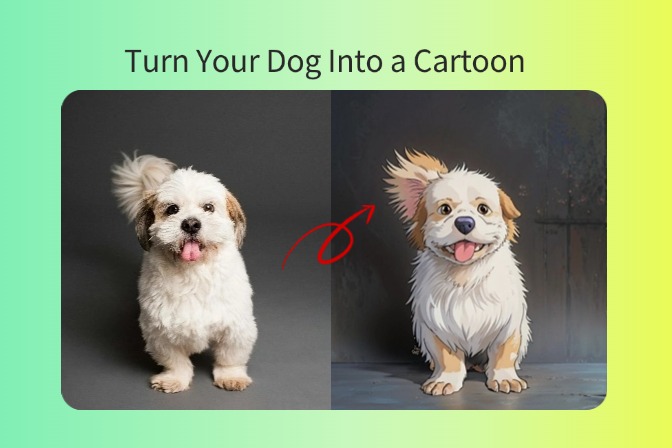

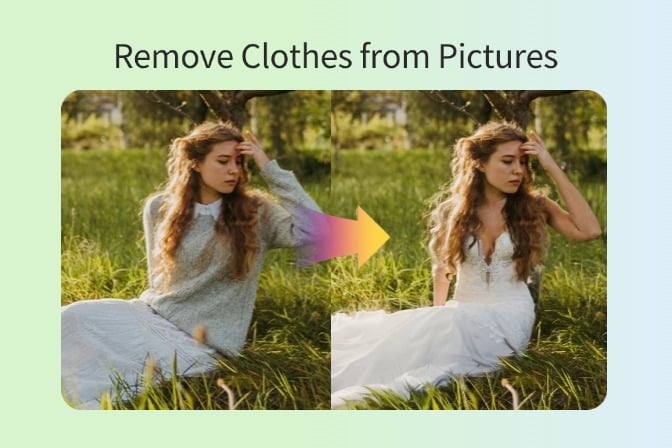


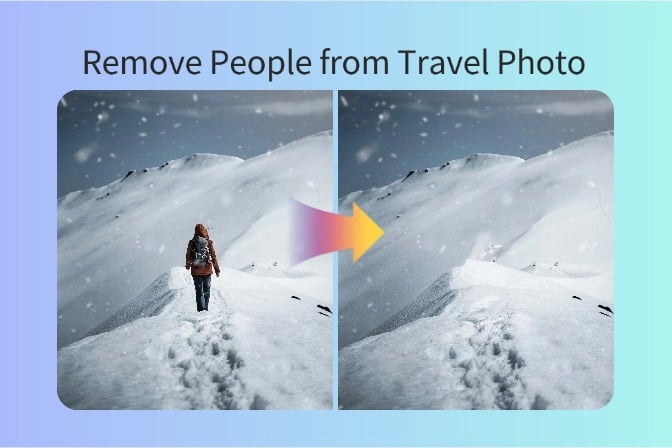


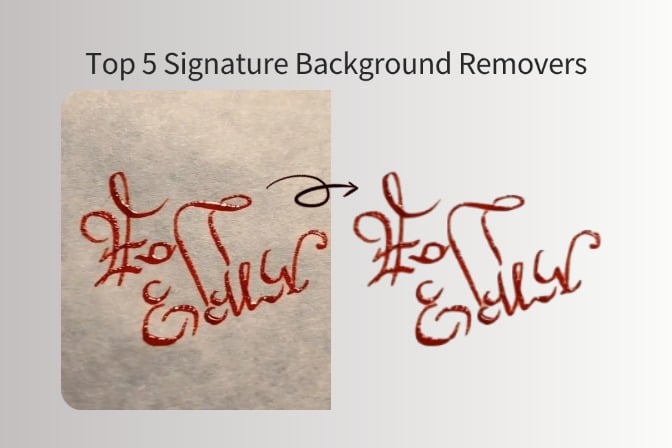


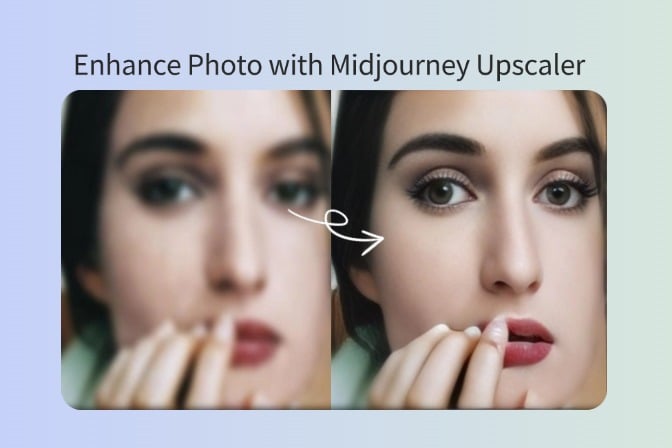








































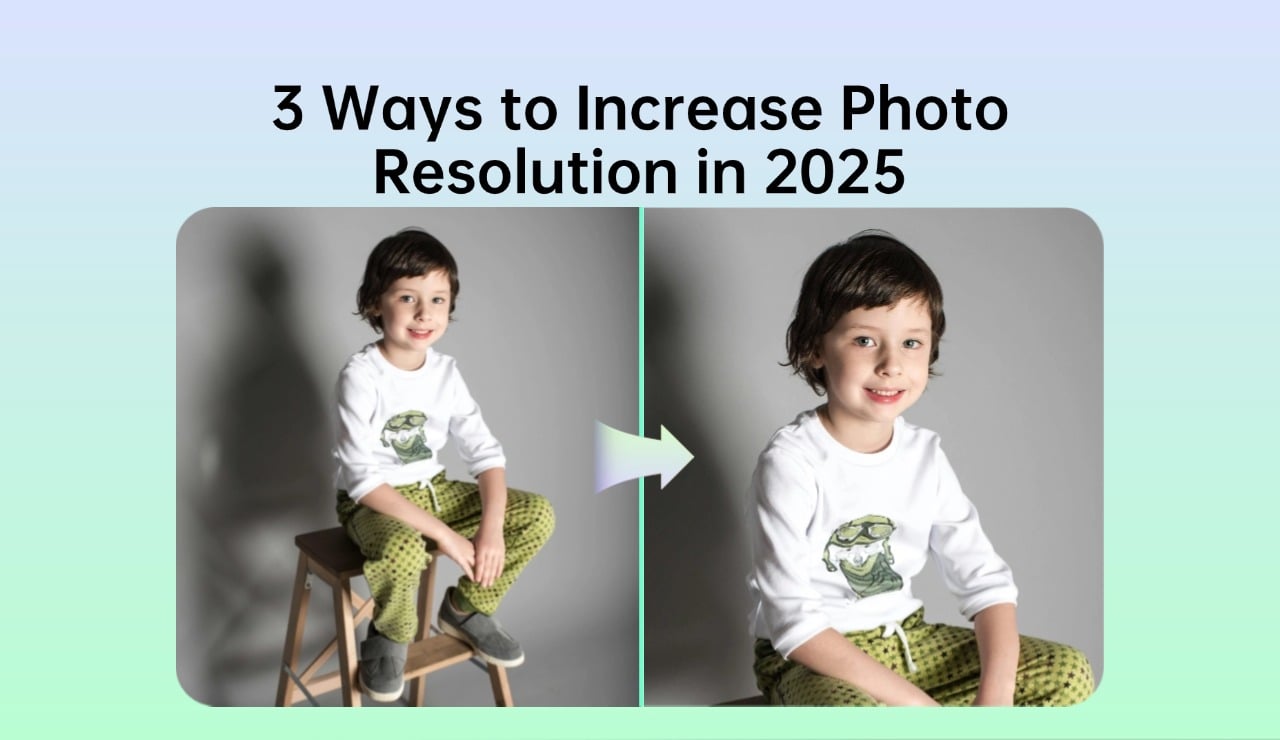




































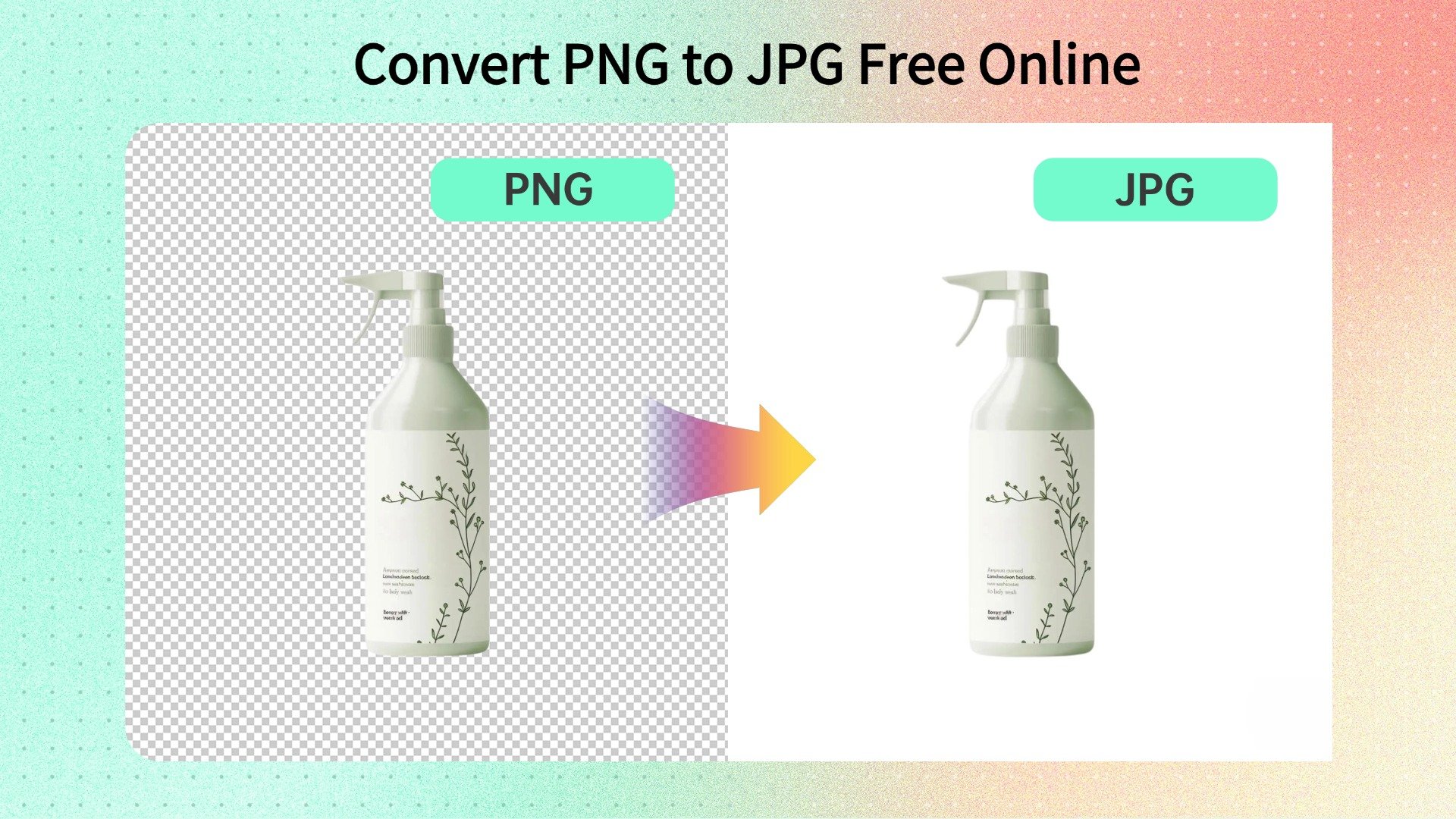





















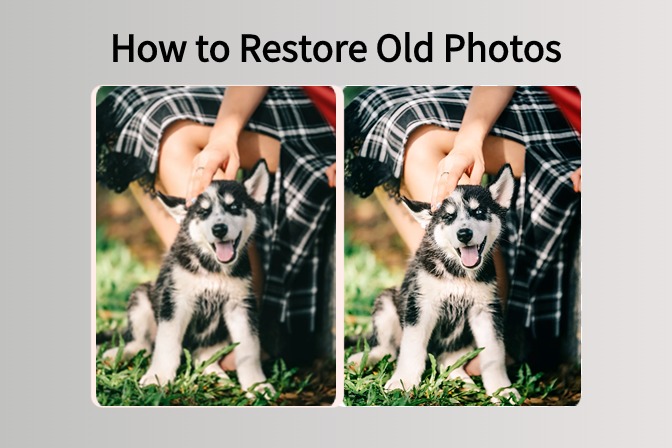
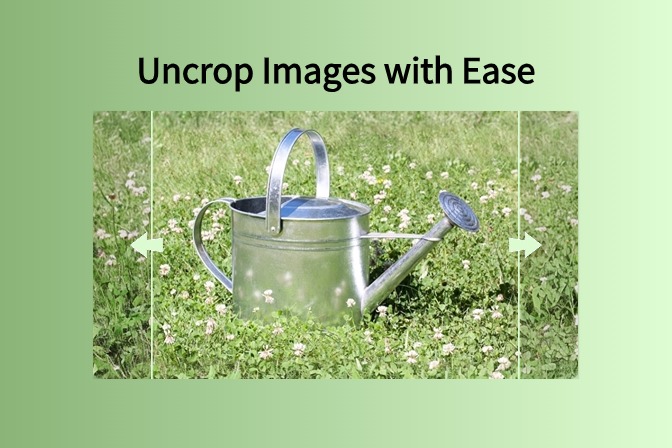

























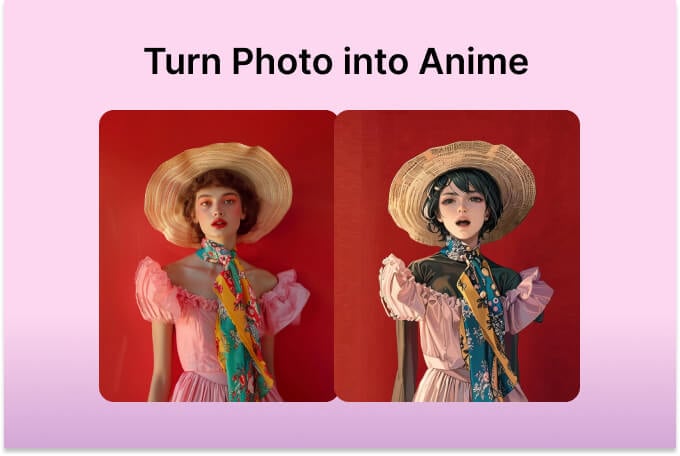











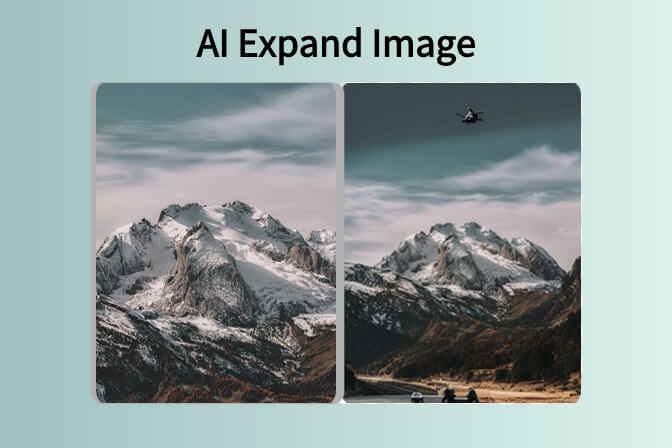
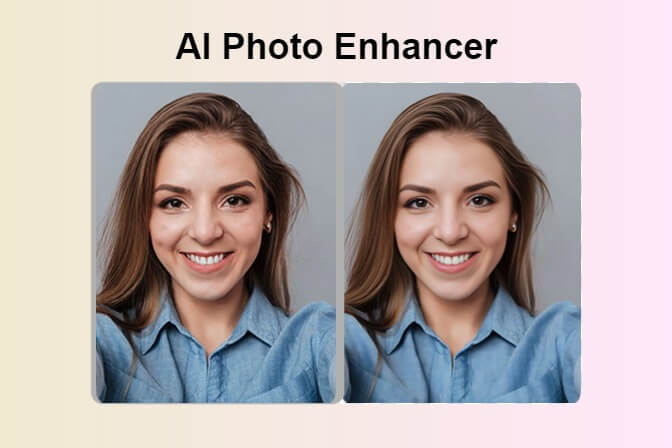
![How to Add Logo to Photos Online for Free [The Simplest Method] How to Add Logo to Photos Online for Free [The Simplest Method]](https://static.xsbapp.com/market-operations/market/side/1718795949162.jpg)
![How to Remove Tattoos from Photos [Ultimate Guide 2024] How to Remove Tattoos from Photos [Ultimate Guide 2024]](https://static.xsbapp.com/market-operations/market/side/1718787534476.jpg)

















